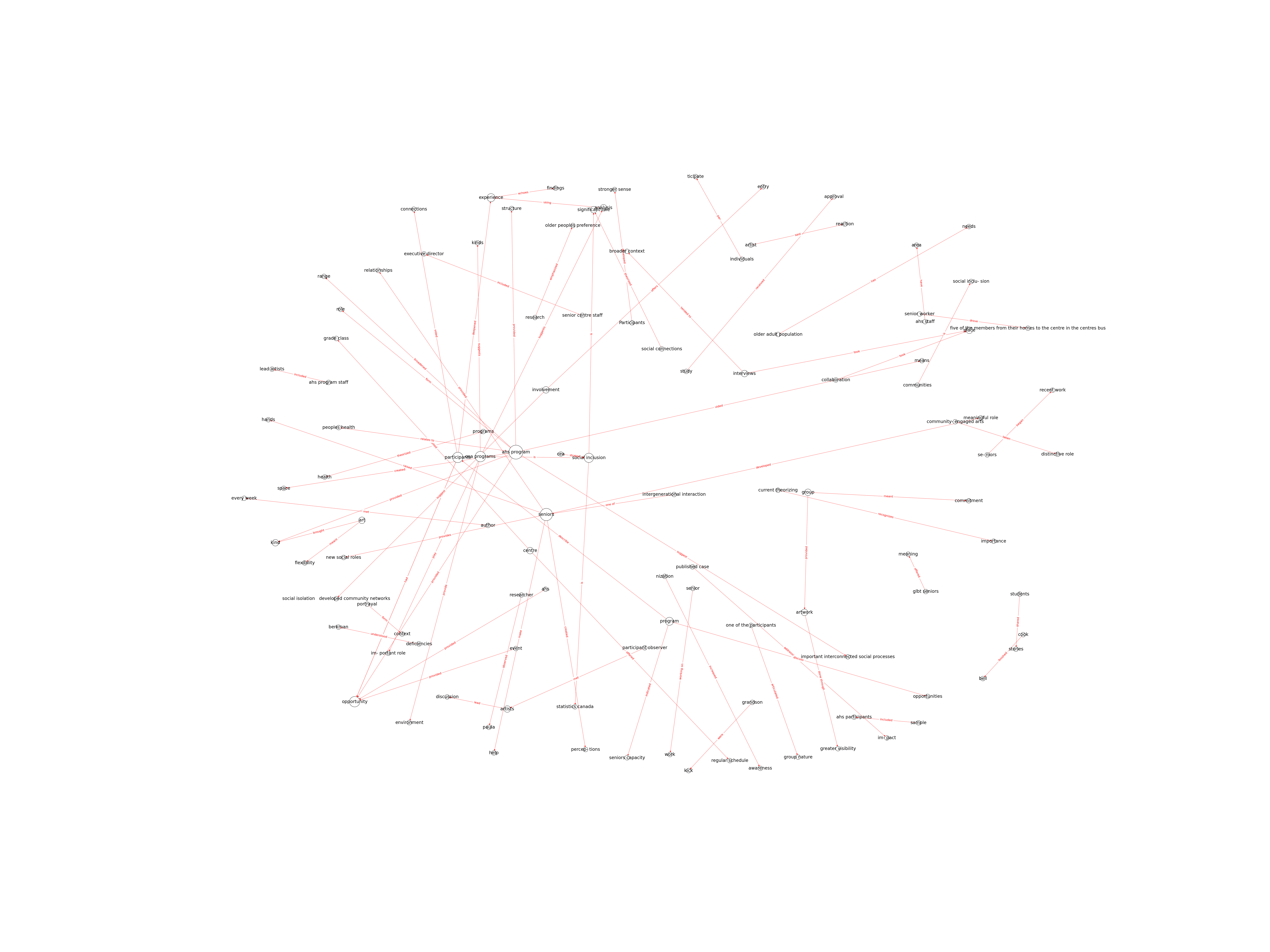| Id | 216 | |
| Author | Moody, E., ; Phinney, A., | |
| Title | A community-engaged art program for older people: fostering social inclusion. | |
| Reference | Moody, E. & Phinney, A. (2012) A community-engaged art program for older people: fostering social inclusion. Canadian Journal on Aging, Volume 31, Issue 1, Pages 55-64. |
|
| Keywords | Aging; Social inclusion; Community-engaged arts; Arts and aging; Community gerontology |
|
| Link to article | https://doi.org/10.1017/S0714980811000596 |
|
| Abstract | Social inclusion is an important factor in promoting optimum health and wellness for older adults. Community-engaged arts (CEA) have been promoted as a means to support social inclusion for this population, but little empirical evidence has been reported. The objective of this study was to explore the role of a CEA program in the social inclusion of older, community-dwelling adults. Sixteen hours of participant observation, nine interviews, and document analyses were conducted with 20 older adults participating in the Arts, Health and Seniors (AHS) Program in Vancouver. Results indicated that the program supported seniors’ capacity to connect to community in new ways by helping them forge connections beyond the seniors centre. Participants also developed a stronger sense of community through collaboration as a group , working together on the arts project towards a fi nal demonstration to the larger community. The results suggest that CEA programs contribute to social inclusion for older people. |
|
| Metodology | Authors conducted a qualitative study to address the following research question: How does involvement in the AHS program contribute to the senior participants’ experience of community? They used ethnographic methods including 16 hours of participant observation, nine informal interviews, and document review, which allowed them to undertake a holistic and contextualized examination of this program, taking into account the contributions of the physical environment, interpersonal relationships and individual experiences. The analysis was conducted with 20 older adults participating in the Arts, Health and Seniors (AHS) Program in Vancouver. |
Technique | Interview; Observation; Document analysis |

Note: Due to lack of computing power, results have been previously created and saved in database


